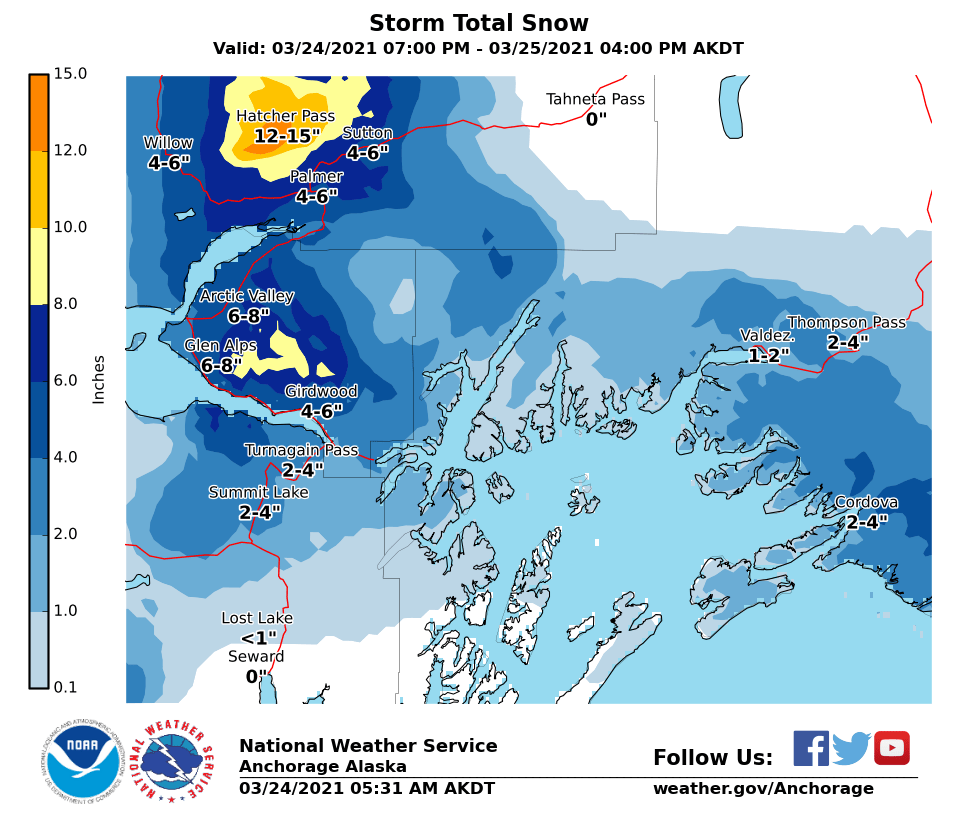It is looking like we will have another day of quiet weather before things get a little more active tonight. For now, the avalanche conditions have not changed. We are still concerned with the possibility of triggering an avalanche on a weak layer of buried surface hoar and near-surface facets around a foot deep. These layers are slowly gaining strength, but multiple human-triggered avalanches in the past three days (details here and here) are a clear sign that the snowpack is still conducive to persistent slab avalanches. Slopes that have been previously wind-loaded are the most suspect, with stiff snow sitting on top of weak snow.
The travel advice today is the same story we have been talking about for the past 10 days. That lingering possibility of triggering an avalanche large enough to bury a person means we need to adjust terrain use accordingly. Avoid slopes with terrain traps that could make even a small avalanche have severe consequences– things like rocks, cliffs, trees, or gullies in the avalanche path. If you are trying to move into steeper terrain, be sure you are traveling with a competent partner (with a beacon, shovel, and probe), and only exposing one person at a time to avalanche terrain, with partners watching from safe zones out of the line of fire.
Keep your fingers crossed for more snow tonight. It’s looking like this one is going to favor the Front Range and Hatcher Pass, but we could get a modest reset, with 6-8″ near Girdwood and a couple inches at Turnagain Pass.
Wind Slabs: Overnight winds blowing out of the west at 15-20 mph have created small wind slabs that may be easily triggered today. These will be more of an issue at upper elevations, especially immediately below ridgelines, in cross-loaded gullies, and below convexities. These fresh wind slabs will most likely be sitting on top of weak facets, making them a little easier to trigger. Be on the lookout for indications of wind loading, including stiff snow on the surface or a hollow, ‘punchy’ feeling slab.
Loose snow avalanches: Steep slopes that have been sheltered from the wind have up to a foot of loose snow sitting on top of firm surfaces. It will be easy to trigger dry loose avalanches (sluffs) today, and they can pick up enough volume and speed to carry a person. If the sun stays out long enough, we may see some wet loose activity as well. While it is unlikely they will be big enough to bury you, they can be dangerous if they drag you into terrain traps like cliffs, trees, rocks, or gullies.
Nerd alert! If you’re curious about the processes driving the near-surface faceting that is leaving us with persistent problems, this article has some good info.
 Predicted storm totals starting tonight through tomorrow. It’s looking like this one is going to head towards Hatcher Pass, but hopefully we will get a little out of it too.
Predicted storm totals starting tonight through tomorrow. It’s looking like this one is going to head towards Hatcher Pass, but hopefully we will get a little out of it too.

